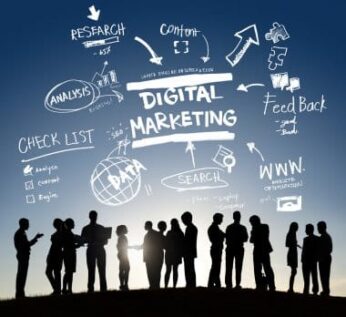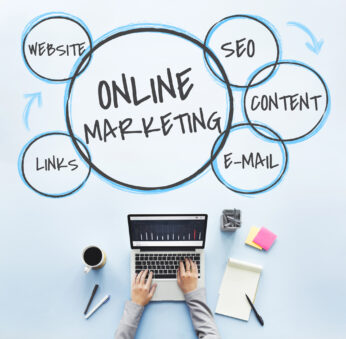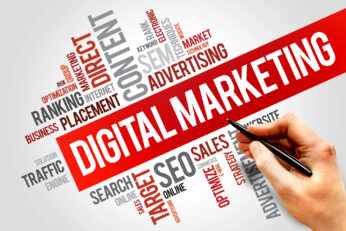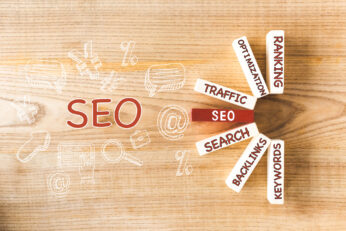In today’s digital world, having a strong online presence is no longer optional—it’s a necessity. At Total Web Partners, we specialize in helping businesses increase their visibility, attract more customers, and drive revenue growth through our Web Marketing Services. Whether you need a website redesign, search engine optimization (SEO), social media management, or email marketing, we offer comprehensive solutions tailored to your business goals.
Why Your Business Needs Professional Web Marketing
The competition online is fierce. Without an effective digital marketing strategy, your website can easily get lost in the noise. Our goal is to help your brand stand out by implementing data-driven marketing tactics that increase traffic, improve conversion rates, and enhance customer engagement.
Here’s how our Web Marketing Services can take your business to the next level:
1. Website Design & Development: Your Digital Storefront
Your website is often the first impression potential customers have of your business. We design and build visually appealing, fast, and mobile-friendly websites that provide an excellent user experience. Whether you need a standard business site or a fully functional e-commerce platform, our team ensures your website is optimized for performance, security, and conversions.
2. Search Engine Optimization (SEO): Rank Higher on Google
SEO is the backbone of digital marketing. Without it, even the best-designed website will struggle to attract visitors. Our national and regional SEO programs are designed to improve search rankings, increase organic traffic, and generate leads. We optimize your website with relevant keywords, high-quality content, and technical SEO improvements to ensure it meets Google’s latest algorithms.
3. Social Media Management: Build Brand Awareness
Social media is a powerful tool for connecting with your audience. We manage your social media presence across platforms like Facebook, Instagram, LinkedIn, and Twitter, ensuring consistent branding and engagement. Our team creates and schedules high-quality posts, runs targeted ad campaigns, and interacts with your audience to build a loyal customer base.
4. Email Marketing: Strengthen Customer Relationships
Email marketing remains one of the most effective ways to nurture leads and increase customer retention. Our email marketing strategies include personalized campaigns, automated workflows, and performance tracking to ensure your emails drive engagement and conversions.
5. AI & CRM Solutions: Automate and Optimize
We leverage AI-powered tools and integrated CRM systems like our TWP’s 1 Touch CRM to help businesses manage customer interactions, track leads, and streamline marketing efforts. These solutions enhance efficiency and improve customer experience.
Let Us Handle Your Web Marketing Needs
At Total Web Partners, we don’t just provide Web Marketing Services—we create custom strategies that drive measurable results. Whether you’re a small business or an enterprise-level company, our team has the expertise to help you succeed online.
Ready to grow your business? Contact us today for a free consultation, and let’s build a strategy that delivers real results.









